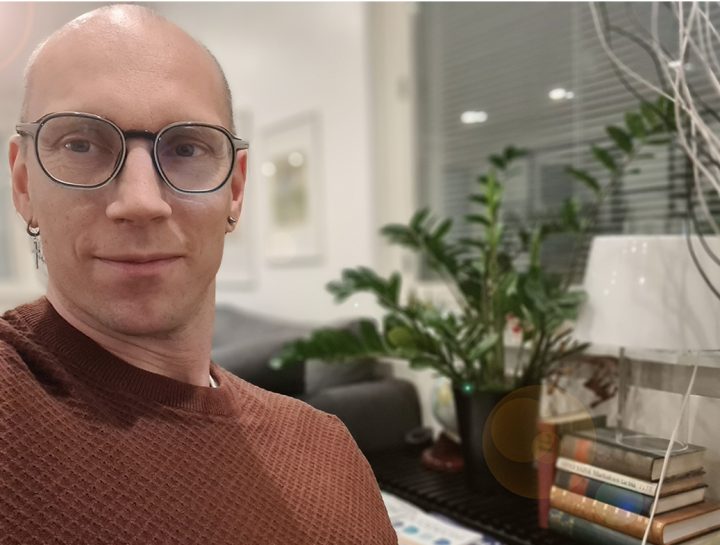Valuable possessions should be taken good care of, but many properties have plenty of room for improvement in this area. In my work, I have been horrified to learn that sometimes real property that is worth millions is managed or maintained with a gut feeling instead of systematically gathered information and long-term planning.
Technical data on building services and energy consumption are scattered in folders, Excel files or multiple different systems and logins. Device maintenances are marked down on paper maintenance manuals — if anyone remembers and has the time for that.
In many cases, the best knowledge of the property’s condition and previous maintenances are stored in the property manager or maintenance worker’s head. But what happens if this walking information bank retires or a long sick leave occurs?
Digitalization benefits everyone
The world is digitalizing rapidly, and the field of real estate should also take full advantage of it. However, digitalization of property management is only beneficial when it brings actual additional value to its users and makes their work easier.
For example, the financial manager of a parish can quickly check the planned future renovations from their computer. Similarly, the maintenance worker of a sports property can see from their mobile app when the air handler unit should be serviced next.
We often receive feedback from our customers about the success of the digital leap. Switching over to systematic and preventive property maintenance creates large cost savings in the long run. At the same time, the increasingly organized operation saves the personnel’s time and effort when it is invested in the well-being of properties and their users instead of unnecessary hassle and information issues.
How is the property management software implemented?
In a case where the property’s information is not yet available in any digital form, the process begins with the basics. Here at Granlund, we often begin by going through the properties and collecting the essential data on technical building devices and structures that require regular maintenance.
The data is then transferred to Granlund Manager software and the customer receives a suggestion regarding the property’s maintenance plan. At the same time, the property’s future repair needs can be planned in advance, which reduces unexpected costs.
The most important steps include the commissioning of the new system, in which the persons responsible for the property’s management and maintenance are familiarized with the software.
Motivating is important here. The purpose of Granlund Manager is not to monitor the employees’ unfinished tasks. The system is truly beneficial when all up-to-date information needed for taking care of work tasks can be easily found from the same place.
Jani Säisä
The writer works as the Department Director of property lifecycle services at Granlund in Kuopio. Find out more about smart maintenance software Granlund Manager.




